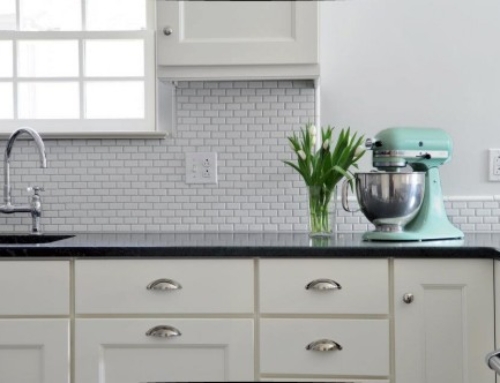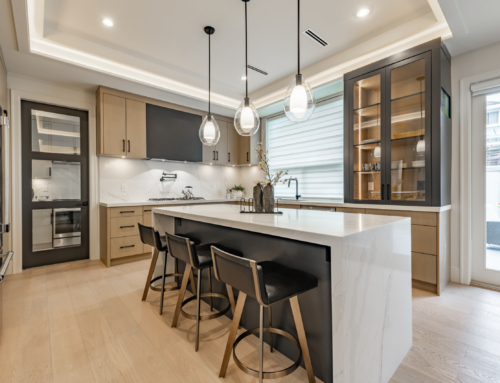Center City Trinity: Small Space Expert Design Solutions


We have been working with our clients on a genuine trinity in the historic Pine Street section of town, on what used to be Antiques Row. For our trinity, we have been asked to develop creative and efficient small-space solutions to make it comfortable by modern standards without expanding its footprint, because it’s bound on three sides by other houses. This takes strong design skills, discipline, and experience. While many features have to be specified to perform double- and triple-duty functions, any built-ins and furnishings must be scaled appropriately for the proportions of the home. But one needs to be careful to not treat the house as a miniature, as the finished space needs to serve real-sized humans! Each system needs to be specified to bring efficiency while only occupying a small piece of the overall footprint, and understanding how to use some of the options that were popularized by the sustainability movement, such as on-demand hot water heaters, has served us well. Looking for multi-function solutions can bring great value and sometimes, contrary to what some might think, we sometimes specify larger fixtures that offer multiple functions, which can net a higher functioning space.
In the end, the best design is always design that you don’t notice, but this is especially true when working with very small spaces.
With demolition starting this week, we’ll keep you in the loop on updates to this project!






